Why are there so many derailments?
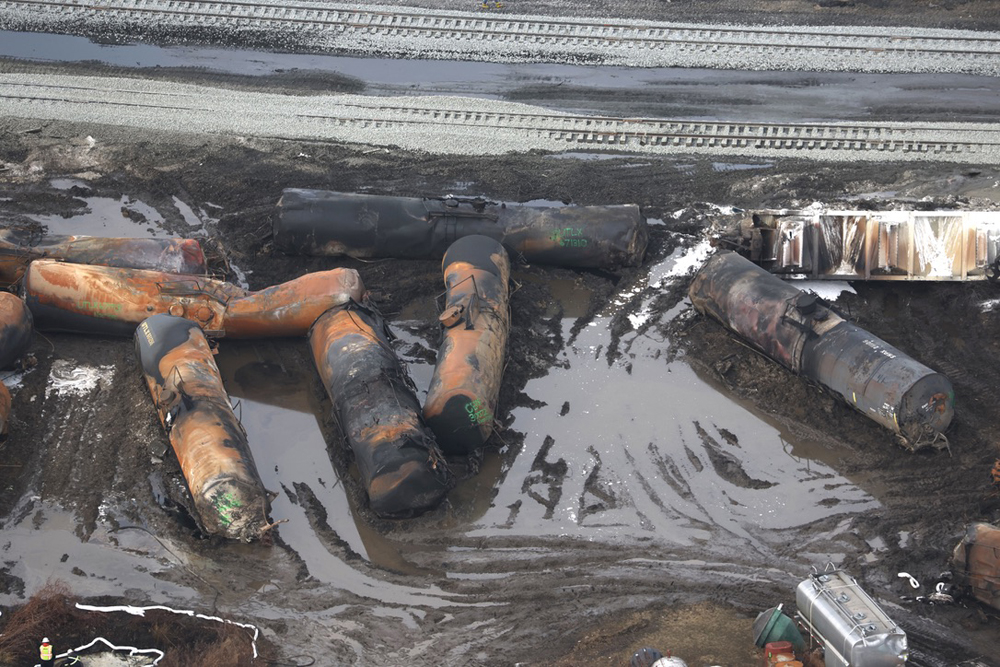
Freight train derailments have been in the headlines since the disastrous Feb. 3 Norfolk Southern wreck in East Palestine, Ohio.
Some have been spectacular, like the derailment of a Norfolk Southern train caught on video at a grade crossing in Springfield, Ohio.; the fiery derailment of a BNSF Railway train carrying ethanol that prompted an evacuation in Minnesota; the CSX Transportation coal train that struck boulders and overturned in the New River Gorge in West Virginia; and the Union Pacific ore train that ran away on Cima Hill in Southern California and came to grief on a curve it hit at more than 118 mph.
Others have been mundane derailments, the type of fender bender that typically doesn’t wind up getting much more than local news coverage: A BNSF local that hit a derail and overturned in Washington; a two-car Canadian Pacific derailment in Franklin Park, Ill.; and the derailment of five cars carrying garbage on Pan Am Southern in Ayer, Mass.
But does the steady stream of news coverage mean there’s a derailment epidemic?
Federal Railroad Administration spokesman Warren Flatau says that based on anecdotal evidence there hasn’t been any measurable uptick in the number of derailments or the severity of wrecks this year. “Rather, the events that have occurred appear to be drawing more scrutiny as public awareness and sensitivity has been heightened as a result of the NS accident in East Palestine and subsequent mishaps within the span of a few weeks,” he says.
The FRA reports detailed train accident and employee injury data on its website. But there’s typically a three-month lag. The latest data, for example, is for incidents that occurred through Dec. 31, 2022. January data should be posted soon. “But discerning trends from one month of data is hard,” Flatau says.
Larry Pearlman, a safety consultant at JMJ, agrees.
“We have to let the FRA collect the statistics to see if there really has been an increase in derailments. Last year, there was an average of three derailments every day. Most of these are minor incidents that cause little damage,” Pearlman says. “The long-term trend since 1990 has been for the industry to gradually reduce accidents and derailments. As in other safety statistics, a few months of data do not make a trend.”
Over the long term, mainline derailments are down 49% since 2000 and last year were at an all-time low, according to FRA data. Track-caused accidents are down 55% since 2000 and are at their lowest rate ever. But equipment-caused derailments, despite being down 21% since 2000, rose 15% last year.
The number of derailments and their severity varies considerably from month to month. When there’s a high-profile wreck, it can play into the way people view risk and safety.
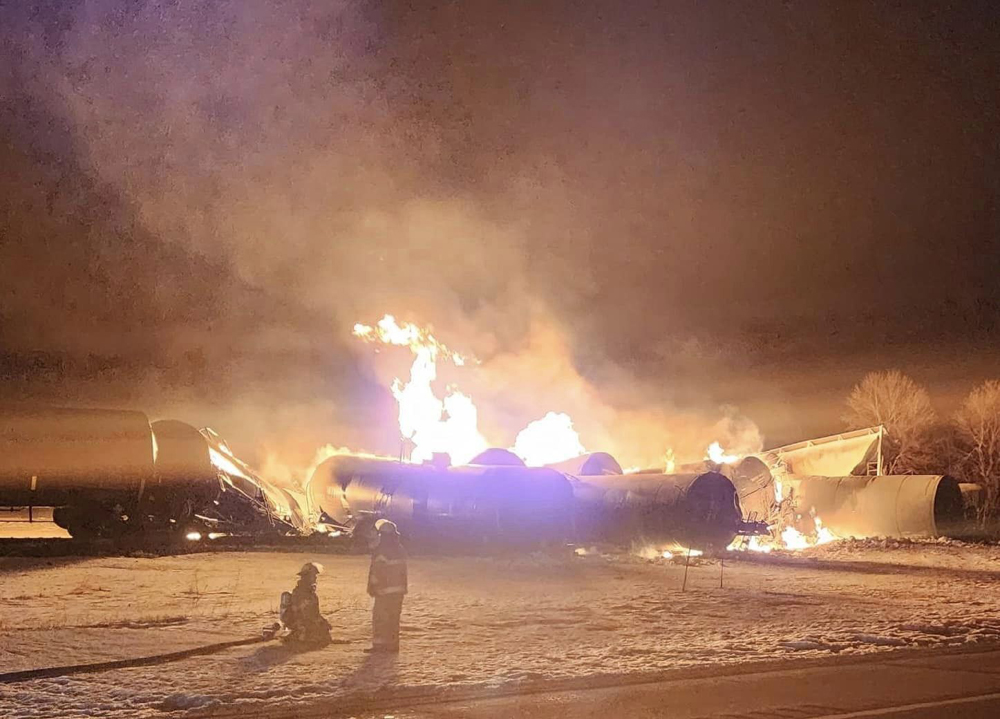
“People don’t blink at the 1,014 highway deaths in Texas last year. An airline or train crash, however, gets significant attention,” Pearlman says. “In many ways, this is a case of confirmation bias. We see a string of high-severity accidents and immediately jump to the conclusion that these accidents happen all the time, when the data really tells you something else.”
Allan Rutter, a researcher at the Texas A&M Transportation Institute who headed the FRA from 2001 to 2004, says political polarization contributed to the intense coverage that East Palestine and subsequent derailments received in the media and on social media.
“If you’re in the hammer business, all you see is nails. And so … a lot of people have looked at this and said, well, this is clearly a result of the previous administration doing something to do away with a regulation. Well, actually, that regulation has nothing to do with this particular type of train and probably wouldn’t have had anything to do with the cause of the train accident. But there’s too much to be gained out of finger-pointing,” he said in a recent podcast.
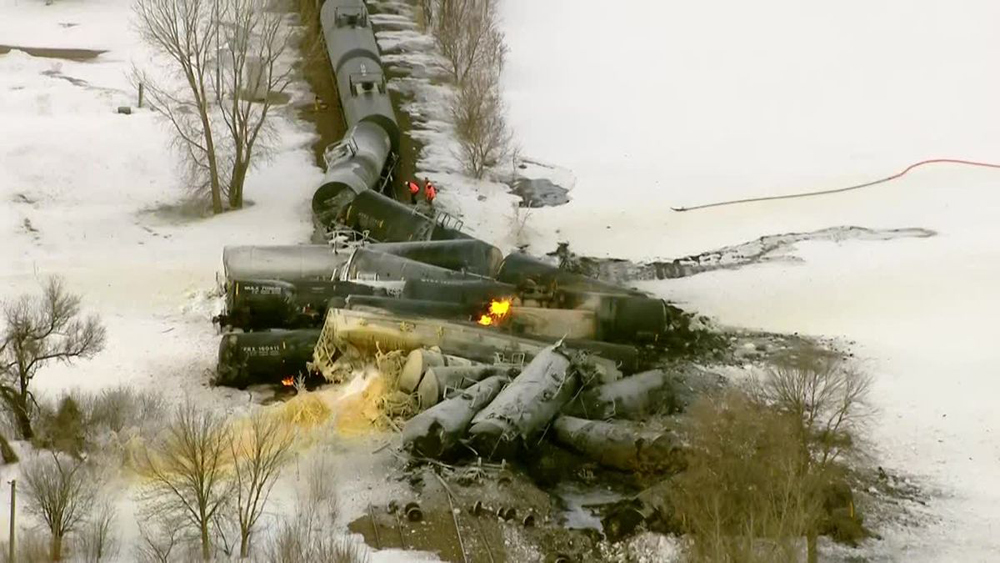






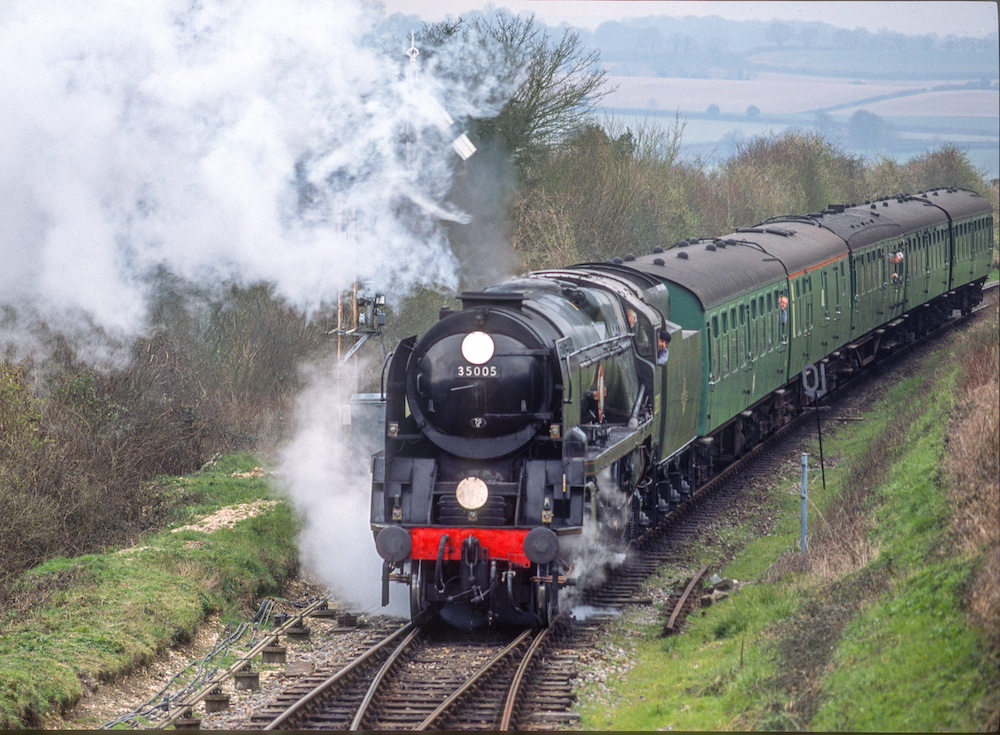
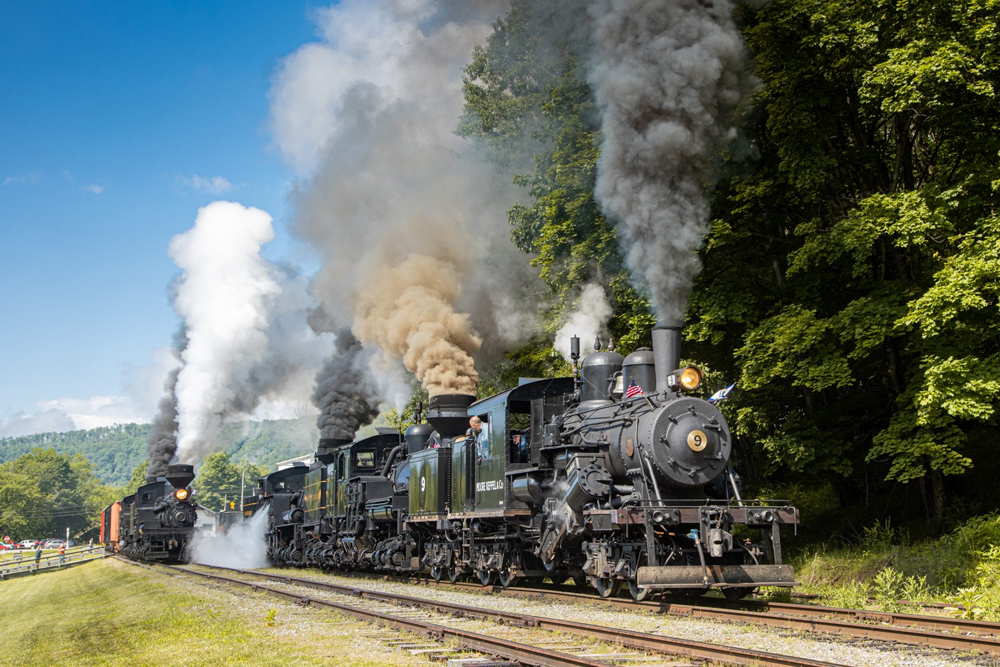
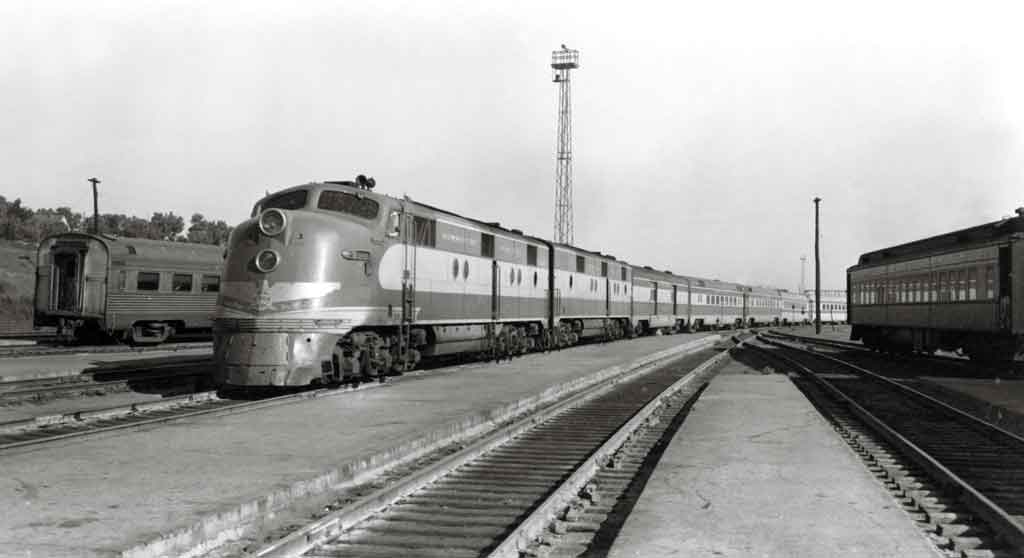
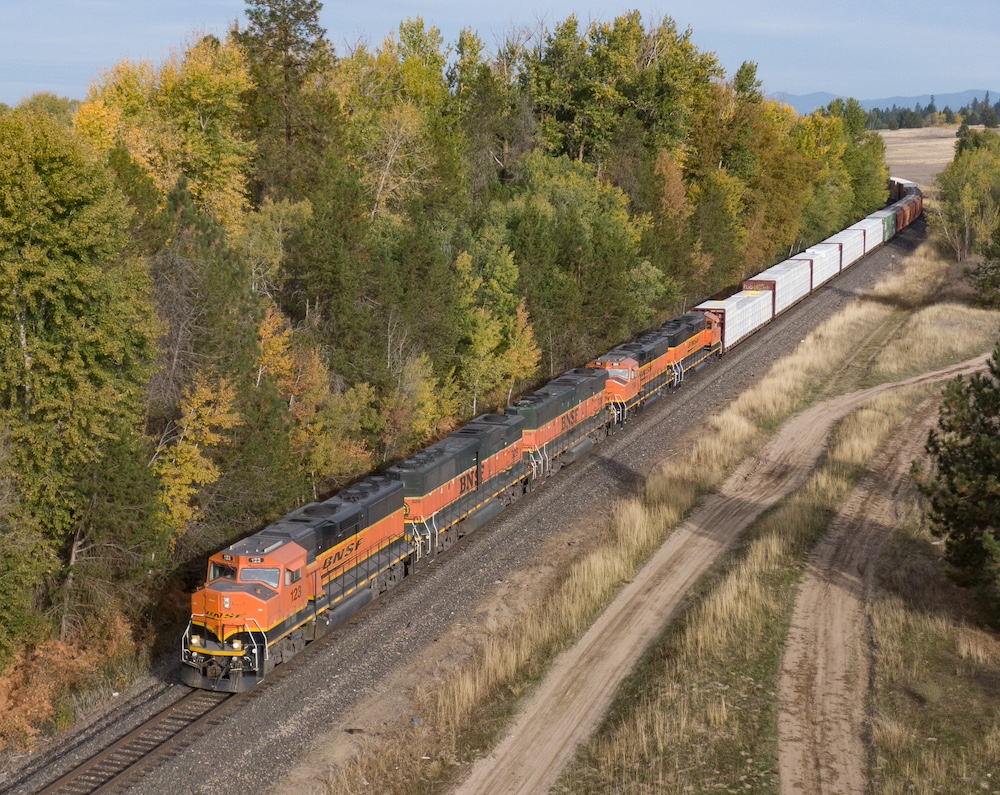




I have heard from non-sympathetic observers that is was the controlled release of a toxic substance at East Palestine that got their motor running.
That’s similar to the controlled burns in Southern California that developed into major property damage.
Trains and planes crashing are just news for the media. They love to stir the pot.
I don’t watch TV news and don’t guess that I miss it. I have an internet subscription to the metropolitan newspaper in my state. That’s how I get most of my news, but since I don’t live in the major city, I tend to miss out on local news.